

Articles
How To Store Ramen
Modified: February 26, 2024
Learn the best tips and tricks to store ramen noodles properly with our informative articles. Keep your favorite instant noodles fresh for longer!
(Many of the links in this article redirect to a specific reviewed product. Your purchase of these products through affiliate links helps to generate commission for Storables.com, at no extra cost. Learn more)
Introduction
Whether you’re a ramen connoisseur or simply enjoy a comforting bowl of noodles on a rainy day, knowing how to store ramen properly can ensure that you always have a delicious and convenient meal option at hand. Ramen, a popular Japanese dish, consists of noodles served in a flavorful broth accompanied by various toppings. It’s a versatile and satisfying meal that can be enjoyed on its own or customized to suit your taste preferences.
When it comes to storing ramen, there are a few factors to consider to maintain its quality and flavor. This article will guide you through the process of choosing the right ramen packaging, creating an ideal storage environment, and different methods of storing ramen for both short-term and long-term use.
By following these storage tips, you can ensure that your ramen stays fresh, tasty, and ready to be enjoyed whenever you desire a quick and easy meal.
Key Takeaways:
- Properly storing ramen ensures delicious, convenient meals. Choose the right packaging, create an ideal storage environment, and use airtight containers or freezing for long-term storage. Reheat with care for optimal flavor and texture.
- Whether in the pantry or freezer, follow storage tips for fresh, flavorful ramen. Reheat using boiling or microwave methods, and enhance flavors with additional seasonings. Enjoy a comforting bowl of noodles anytime.
Read more: How To Store Ramen Noodles
Choosing the Right Ramen Packaging
The first step in proper ramen storage is selecting the right packaging. Ramen is typically sold in either individual noodle packs or in larger bulk packages. Depending on your preferences and needs, you can choose the packaging that best suits your storage requirements.
If you prefer the convenience of single servings, individual noodle packs are a great option. These packs often come with seasoning packets and are easy to store and use. They are ideal for quick meals or when you don’t want to cook an entire batch of ramen at once.
On the other hand, if you enjoy having larger quantities of ramen on hand, bulk packages can be a cost-effective choice. These packages often contain multiple servings and can be used to refill individual noodle packs or as a base for homemade ramen recipes.
In addition to choosing the packaging type, you should also pay attention to the material of the packaging. Look for ramen packages that are made of sturdy and durable material to ensure that they can withstand the storage conditions without tearing or losing their seal.
Furthermore, it’s a good idea to opt for packages that are resealable or have airtight closures. This will help maintain the freshness and integrity of the ramen, preventing moisture and air from entering and affecting its quality.
Lastly, consider the expiration date on the ramen packaging. Make sure to choose packages with a longer shelf life if you plan on storing them for an extended period. This will minimize the risk of the ramen spoiling or losing its flavor before you have a chance to consume it.
By carefully selecting the right ramen packaging, you can ensure that your noodles stay fresh and delicious for an extended period.
Creating an Ideal Storage Environment
To maintain the quality of your stored ramen, it’s important to create an ideal storage environment. This will help preserve the flavor, texture, and overall integrity of the noodles and broth. Here are a few key factors to consider when setting up your ramen storage space:
- Temperature: Ramen is best stored in a cool and dry environment. Ideally, the temperature should be between 50°F (10°C) and 70°F (21°C). Avoid exposing the ramen to extreme heat or direct sunlight, as this can cause the noodles to become stale and the broth to lose its flavor.
- Humidity: Moisture can be detrimental to stored ramen. High humidity can make the noodles soft and clumpy, while low humidity can cause the noodles to become brittle. Aim for a humidity level between 40% and 60% to maintain the optimal texture of the noodles.
- Air Circulation: Adequate air circulation helps prevent the ramen from getting damp and potentially developing mold. Ensure that the storage area has proper ventilation to allow for the movement of air.
In addition to these factors, it’s important to keep your ramen away from strong odors, as the noodles have a tendency to absorb smells from their surroundings. Store it in a separate area or in airtight containers to minimize any potential odor transfer.
If you have limited space in your pantry or kitchen, consider investing in a food storage cabinet or airtight containers specifically designed for storing dried foods. These containers help maintain a consistent temperature and protect the ramen from exposure to moisture and air.
By creating an ideal storage environment, you can ensure that your ramen stays fresh and retains its delicious flavor and quality for an extended period.
Storing Ramen in the Pantry
The pantry is a common storage location for dry goods, including ramen. When storing ramen in the pantry, it’s important to consider a few key factors to maximize its shelf life and maintain its quality.
First, ensure that the ramen is stored in a cool and dry area of the pantry. Excess heat and humidity can cause the noodles to become soggy or the broth packets to clump together, affecting the overall taste and texture of the ramen.
Keep the ramen away from direct sunlight or any sources of heat, such as stoves or ovens. Sunlight and high temperatures can accelerate the degradation of the noodles and spoil the flavor of the broth.
It’s also essential to store the ramen in its original packaging or transfer it to airtight containers. Ensure that the packaging or containers are sealed properly to prevent moisture and pests from getting in. This will help maintain the freshness of the noodles and preserve the flavor of the broth.
Organize your pantry to ensure that the oldest ramen is used first and the newer ones are stored towards the back. This practice helps prevent any packages from being forgotten and ensures that you consume the ramen before it exceeds its expiration date.
Lastly, be mindful of the expiration date on the ramen packaging and use it as a reference for consumption. While ramen can last beyond its expiration date, the quality and flavor may begin to deteriorate over time. By consuming the ramen before its expiration date, you can ensure that you enjoy it at its best.
By following these simple pantry storage tips, you can keep your ramen fresh and ready to be cooked into a delicious meal whenever you’re in the mood for some comforting noodles.
Store ramen in a cool, dry place away from direct sunlight and moisture. Keep it in its original packaging or transfer to an airtight container to maintain freshness.
Using Airtight Containers for Ramen
If you want to extend the shelf life of your ramen and protect it from external factors, such as moisture and pests, using airtight containers is an excellent option. Airtight containers provide an extra layer of protection, ensuring that your ramen stays fresh and flavorful for a longer period.
Here’s how you can use airtight containers to store ramen:
- Transfer the Ramen: If your ramen came in individual noodle packs, you can transfer them directly into the airtight containers. Make sure to include the seasoning packets as well. If your ramen came in a bulk package, portion it into smaller servings and transfer them into separate airtight containers.
- Seal the Containers: Close the airtight containers tightly, ensuring that no air can enter or escape. This creates a barrier that helps maintain the freshness and quality of the ramen. Double-check the lids to ensure they are securely fastened.
- Label and Date: Use labels or markers to clearly indicate the contents and date of storage on the containers. This will help you keep track of the ramen and ensure that you consume the oldest ones first, maintaining a rotation system.
- Storage: Place the airtight containers in a cool, dry, and dark storage area, such as a pantry or cabinet. Avoid exposure to direct sunlight or extreme temperature fluctuations, as they can affect the quality of the ramen.
Using airtight containers not only protects the ramen from moisture but also helps prevent the absorption of any unwanted odors from the environment. It also keeps pests, such as insects, away from your stored ramen.
When it’s time to cook the ramen, simply open the airtight container, take out the desired portion, and prepare it according to the package instructions. The remaining ramen in the airtight container will remain fresh and ready for future use.
With airtight containers, you can enjoy the convenience of storing your ramen for an extended period without compromising its taste and quality.
Read more: How To Store Leftover Ramen
Freezing Ramen for Long-Term Storage
If you want to store ramen for an even longer period, freezing is a great option. Freezing ramen can help preserve its flavor, texture, and overall quality for several months. Here’s how you can freeze ramen for long-term storage:
- Prepare the Ramen: Cook the ramen according to the instructions on the package. Ensure that the noodles are cooked al dente, as they will continue to cook slightly during the reheating process.
- Drain and Cool: Drain the cooked ramen and rinse it with cold water to stop the cooking process. This helps prevent the noodles from becoming mushy when reheated. Make sure to drain off as much water as possible.
- Portion and Package: Divide the cooked ramen into individual servings or desired portions. Place each portion into a freezer-safe container or airtight freezer bags. Remove any excess air from the bags before sealing them to prevent freezer burn.
- Label and Date: Use labels or markers to indicate the contents and date of freezing on the containers or bags. This will help you keep track of the ramen and ensure that you consume the older portions first.
- Freeze: Place the containers or bags of ramen in the freezer, making sure they are laid flat to maximize storage space. Allow enough space between each portion to prevent them from sticking together.
When you’re ready to enjoy the frozen ramen, simply remove the desired portion from the freezer and thaw it in the refrigerator overnight. Once thawed, you can reheat the ramen by either boiling it in water or microwaving it. Follow the package instructions for the best results.
It’s important to note that freezing may slightly alter the texture of the noodles. They may become slightly softer compared to freshly cooked ramen. However, the flavor and overall enjoyment of the dish will remain intact.
Remember to consume the frozen ramen within three to six months for the best quality. It’s also recommended to avoid refreezing previously thawed portions to maintain the taste and texture of the noodles.
By freezing your ramen, you can enjoy the convenience of having a readily available meal that can be quickly thawed and reheated whenever you’re in the mood for a comforting bowl of noodles.
Tips for Properly Reheating Stored Ramen
When it comes to reheating stored ramen, there are a few tips and techniques to ensure that your noodles and broth retain their taste and texture. Here are some helpful tips to follow:
- Boiling Method: To reheat ramen using the boiling method, bring a pot of water to a boil. Place the stored ramen, whether it’s in its original packaging or airtight container, into the boiling water. Allow it to cook for a few minutes until it reaches the desired temperature. Be careful not to overcook the noodles, as they can become mushy.
- Microwave Method: If you prefer a quicker option, you can reheat ramen using the microwave. Transfer the ramen into a microwave-safe bowl and cover it with a microwave-safe lid or microwave-safe plastic wrap. Heat it on medium power for short intervals, stirring in between, until the ramen is heated thoroughly.
- Broth Revival: To ensure that the broth retains its flavor, you can reheat the noodles separately from the broth. Bring the broth to a gentle simmer in a pot on the stovetop or heat it in the microwave. Once the noodles are reheated, pour the hot broth over them, allowing them to soak and absorb the flavors.
- Additional Seasoning: If you find that the flavors of the stored ramen have slightly diminished, you can enhance them by adding some additional seasonings. Common additions include soy sauce, sesame oil, chili oil, or sliced green onions. Experiment with different toppings and seasonings to customize your reheated ramen.
- Don’t Reheat Multiple Times: It’s best to reheat and consume the entire portion of stored ramen in one go, if possible. Repeated reheating can cause the noodles to become overly soft and the broth to lose its vitality. If you have leftover reheated ramen, it’s advisable to discard it instead of reheating it again.
By following these tips for reheating stored ramen, you can enjoy a warm, flavorful bowl of noodles and broth that tastes just as delicious as when it was freshly prepared.
Conclusion
Properly storing ramen ensures that you always have a convenient and delicious meal option at your fingertips. Whether you choose to store ramen in the pantry, use airtight containers, or freeze it for long-term storage, these methods help preserve the flavor, texture, and quality of the noodles and broth.
By selecting the right ramen packaging and creating an ideal storage environment, you can maintain the freshness and integrity of the noodles. Storing ramen in the pantry requires careful consideration of temperature, humidity, and air circulation to prevent spoilage. Using airtight containers provides an extra layer of protection against moisture and pests, while freezing ramen allows for long-term storage and easy reheating.
When it comes to reheating stored ramen, boiling or microwaving methods can quickly bring the noodles back to the desired temperature. Reviving the broth separately and adding additional seasonings can enhance the flavors and revive any diminished taste. However, it’s important to avoid excessive reheating to maintain the optimal texture and flavor of the ramen.
Remember to label and date your stored ramen, being mindful of its expiration date to ensure that you consume it within a reasonable timeframe. By following these storage and reheating tips, you can enjoy a scrumptious bowl of ramen whenever the craving strikes.
So, whether you’re a ramen enthusiast or simply enjoy the comfort of a warm bowl of noodles, follow these guidelines to properly store and reheat your ramen. With the right techniques, you can always have a satisfying and tasty meal on hand, ready to be enjoyed at any time.
Frequently Asked Questions about How To Store Ramen
Was this page helpful?
At Storables.com, we guarantee accurate and reliable information. Our content, validated by Expert Board Contributors, is crafted following stringent Editorial Policies. We're committed to providing you with well-researched, expert-backed insights for all your informational needs.

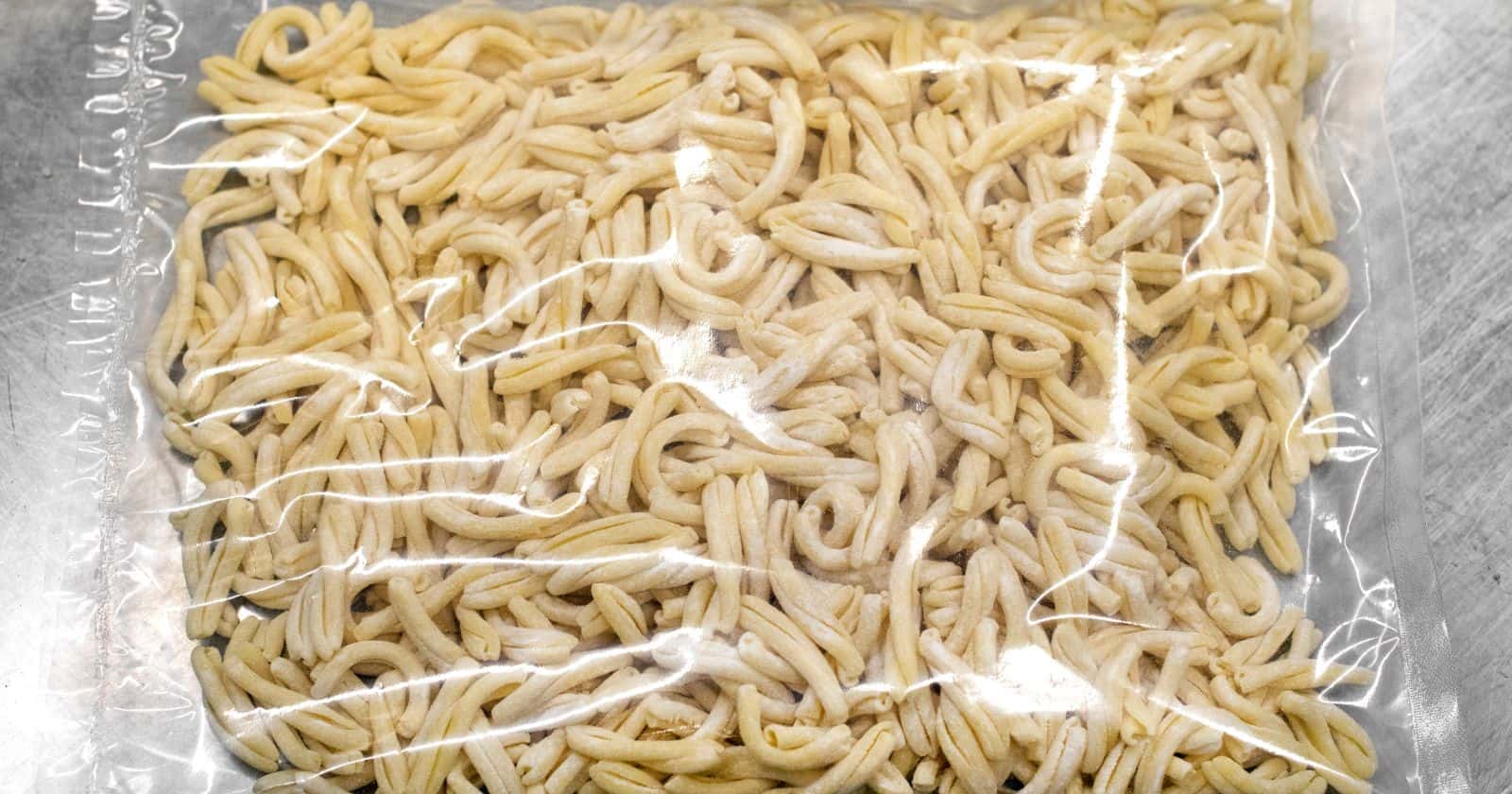
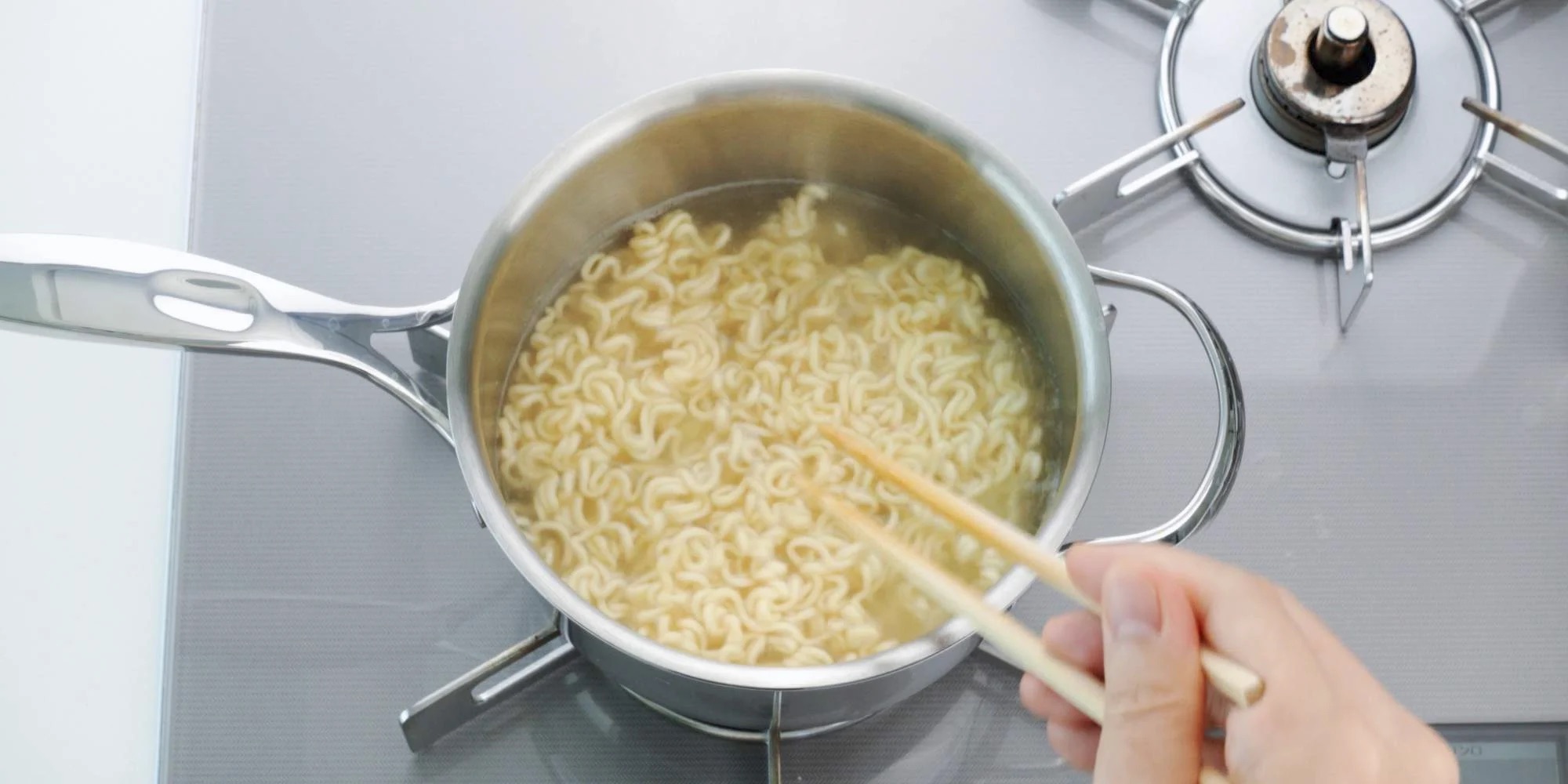
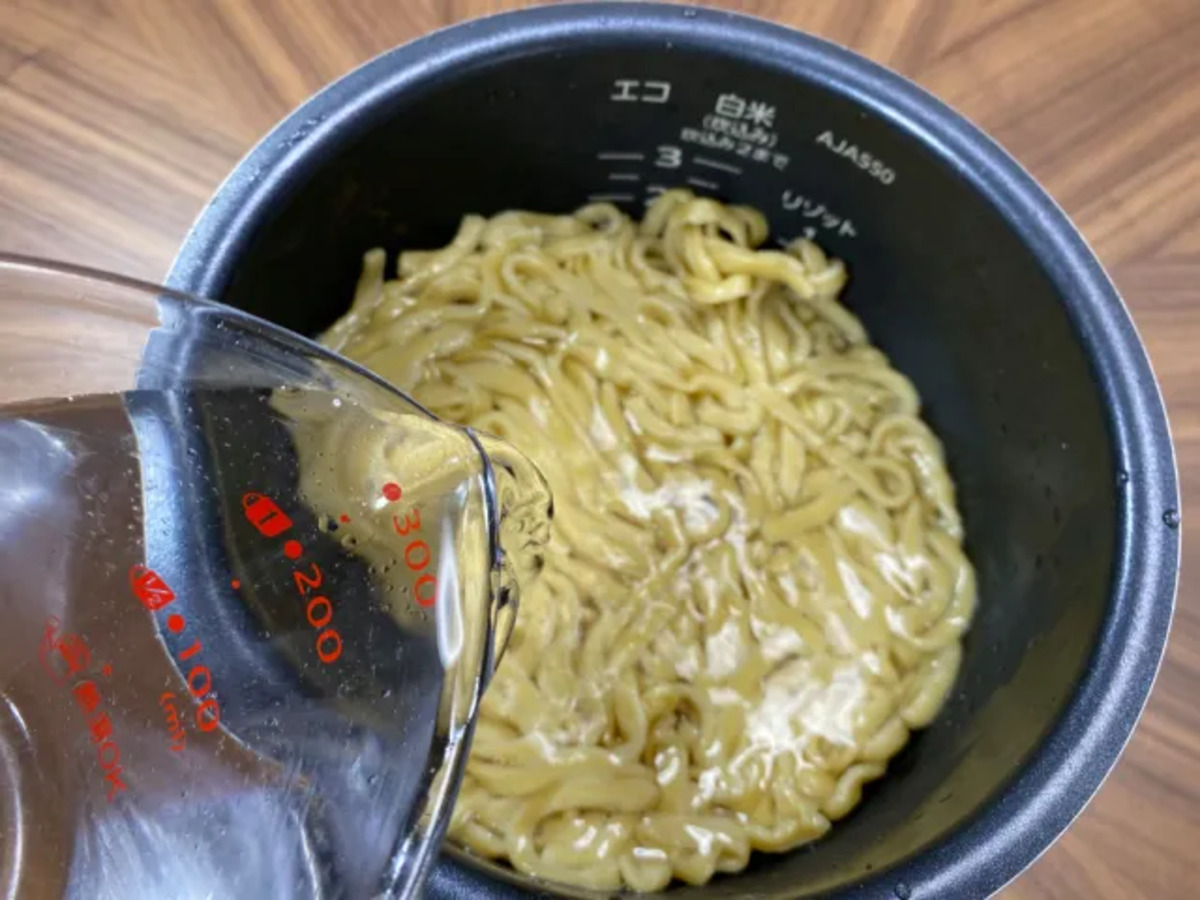


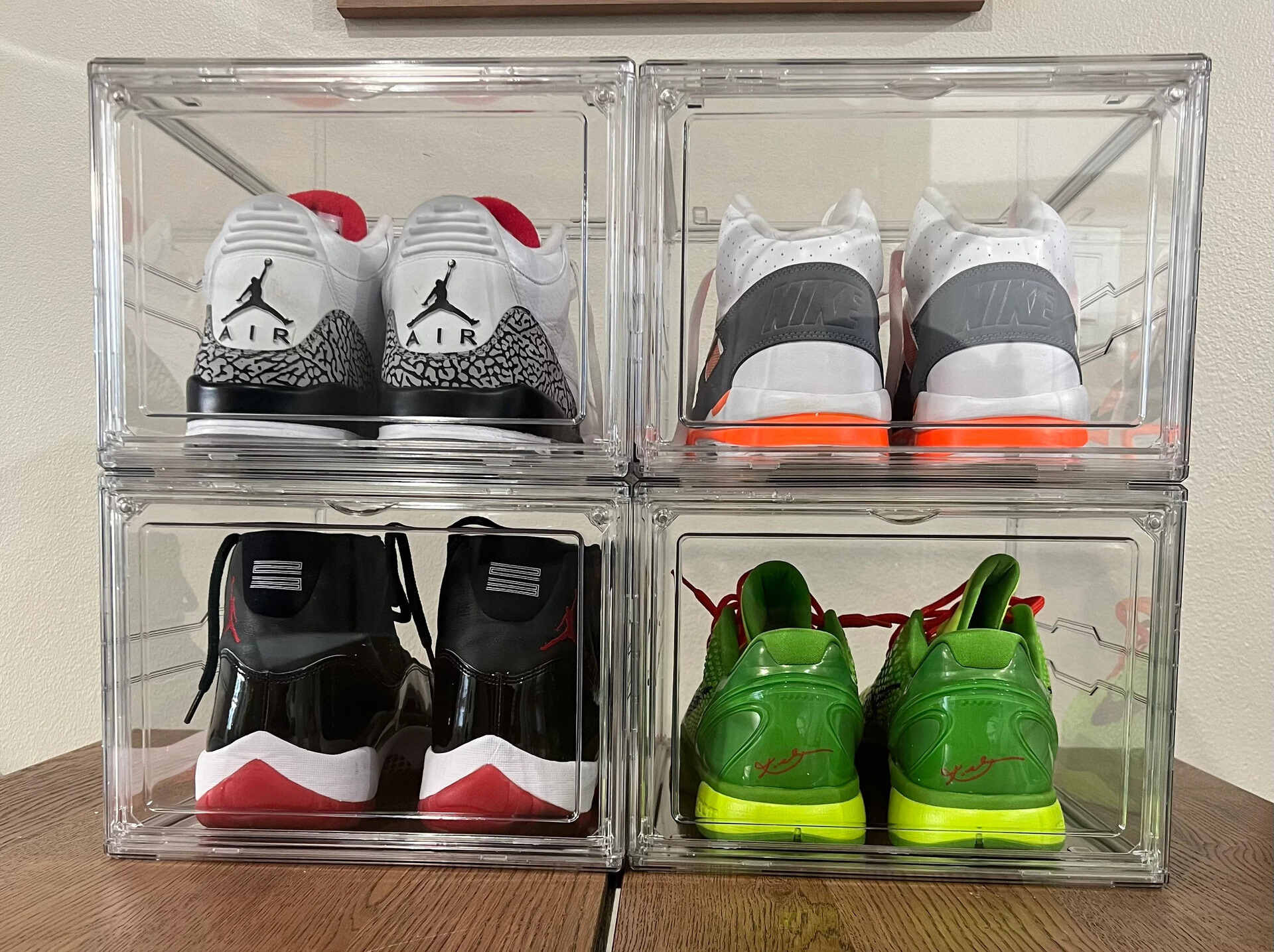
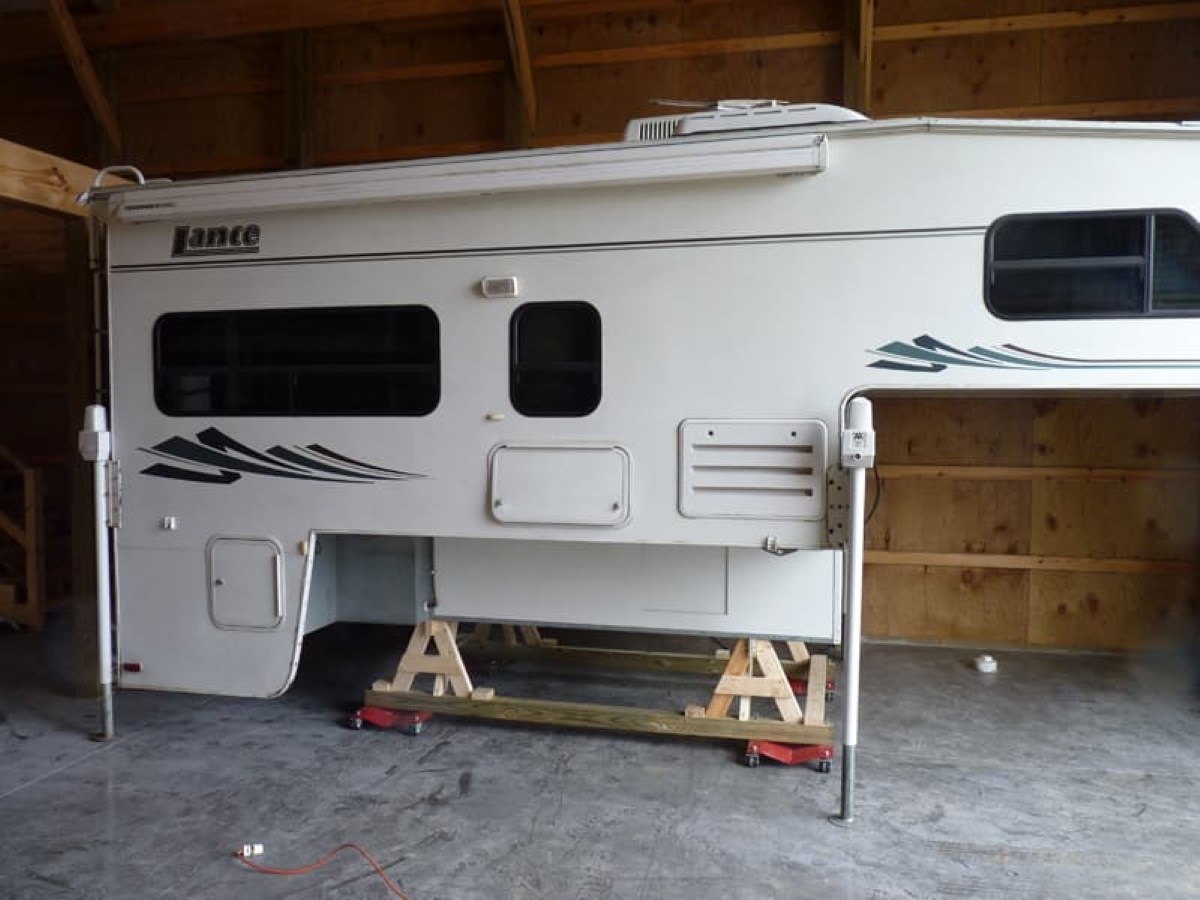




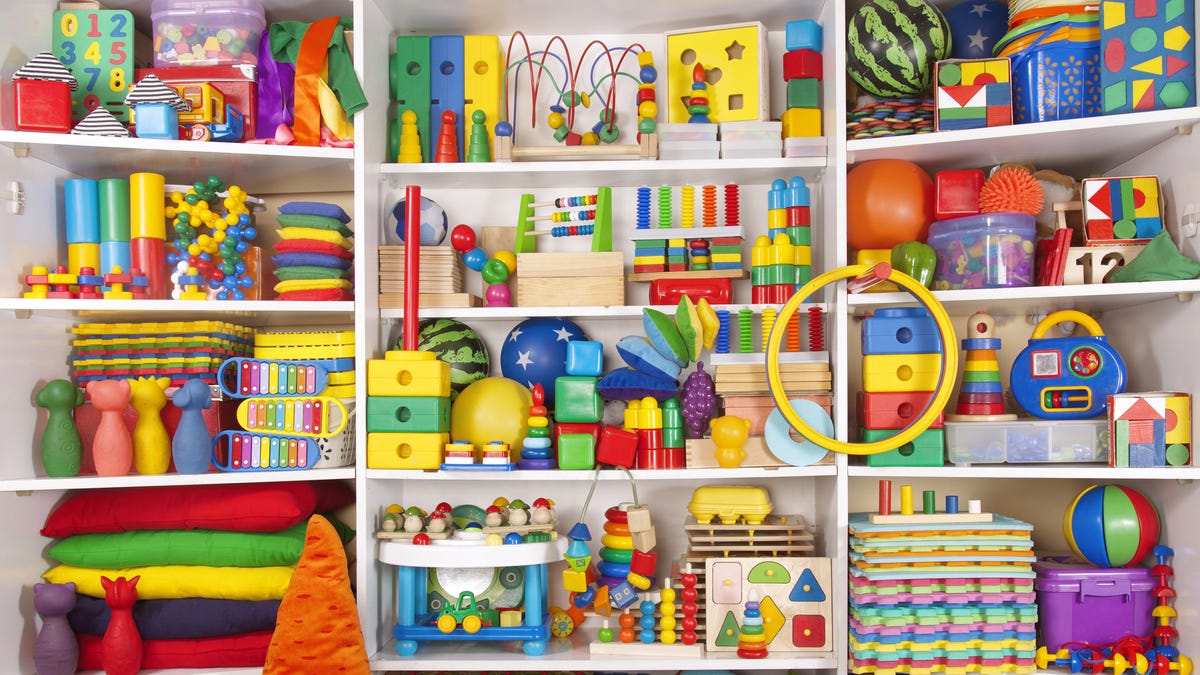


0 thoughts on “How To Store Ramen”